Toyota Corona 1800-2000 repair manual 1974-1976
Toyota Corona 1800-2000 Gregory's Service and Repair Manual 1974-1976USED - good condition - mostly clean pagesOther Toyota Car Repair Manuals click here
|
The Toyota Corona is an automobile manufactured by the Japanese automaker Toyota between 1957 and 2002. Traditionally, the competitor from Nissan was the Nissan Bluebird. The word Corona is Latin for "crown".
The Corona became massively successful in export markets: confusion easily arises because Toyota (like Volkswagen with their Passat and Mitsubishi with their Colt) applied model names inconsistently in different places. Following the 1969 parallel introduction of the Corona Mark II (which in certain markets mutated into the Cressida in 1973) there were disparate models sharing the Corona name. As time went by, models branded in much of Asia as Coronas turned up in European markets as Carinas, while ten years later in North America the Corona was successfully replaced by the larger Camry. In addition, because of the similarities in names, it is a very common mistake to confuse the Corona with the much smaller Toyota Corolla.
August 31, 1973 saw the introduction of the Corona T100-Series, which continued to be built as 2-door and 4-door sedans, a 2-door hardtop coupe and a 4-door station wagon. Engines were 1.6 and 2.0 liters SOHC. In North America, the 20-R 2.2 liter engine was used. The high performance 2000 GT Sedan and Hardtop Coupe with 18R-G twin cam engine were only offered in Japan. The two speed automatic was no longer offered. The face lift revised the hood and grille, and enlarged the tail lights. The Wagon featured wood panel body claddings. North American models had longer bumpers (hiding recoverable bumper shocks) to meet local 5 mph (8.0 km/h) impact standards; they gained standard radial tires in 1975. Side door impact upgrades were installed in all doors. This series also saw the standard (on some models) Electro Sensor Panel which monitored fluid and bulb status. Some models had a shifter mounted on the steering column, which may have been Toyota's first serious attempt to compete with American brands like General Motors and Ford. Sales of the Corona continued to grow as a result of the 1973 oil crisis. The two door hardtop continued, with trim levels 1600GL, 1800SR and the 2000SR, with the coupe proving popular in the USA, but proved to be more popular in Japan.
The Corona saw a new competitors in both Japan, Europe and the USA from the Honda Accord in 1976, and the Subaru DL in 1974. The advantage the Honda and Subaru had over the Corona was that both vehicles were front wheel drive, while the Corona was rear wheel drive. In response to Honda's CVCC emissions, Toyota introduced "TTC-C" and "TTC-V" with a catalyst system. In Japan, the 12R-U engine was designed to run on LPG for taxi usage, starting in October 1975. The 18R-E engine with fuel injection that was used in the 2000SL and 2000SR discontinued production due to emission issues. In November 1975, the 1800 saw the removal of the twin carburetors due to emission regulations, which saw the discontinuation of the 1800SR coupe. June 1976 saw the installation of a catalyst system included with the TTC-C system.
January 1977 saw a minor appearance change to both the interior and exterior, with a revised grille.
New Zealand assembly began with 1.6 OHV, three-speed manual column shift and bench front seat and 1.8-litre 16R OHC four-speed manual bucket front seat options. Later, the 18R two-litre OHC engine replaced the 1.8 and was also offered with a three-speed automatic, the first auto Corona in NZ. Australian models had the 18R from the start.

 0 Items (Empty)
0 Items (Empty)


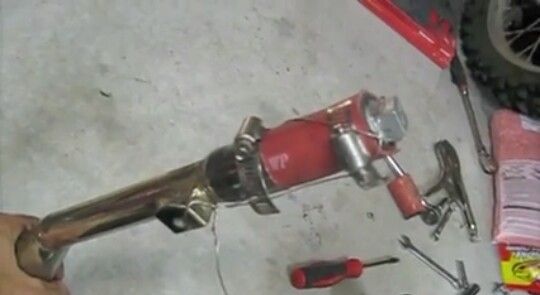
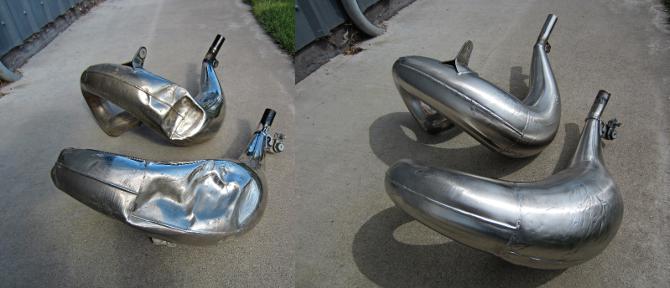
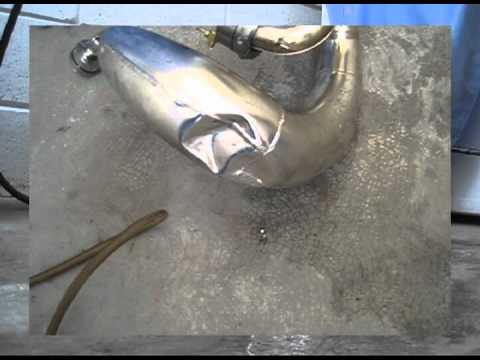

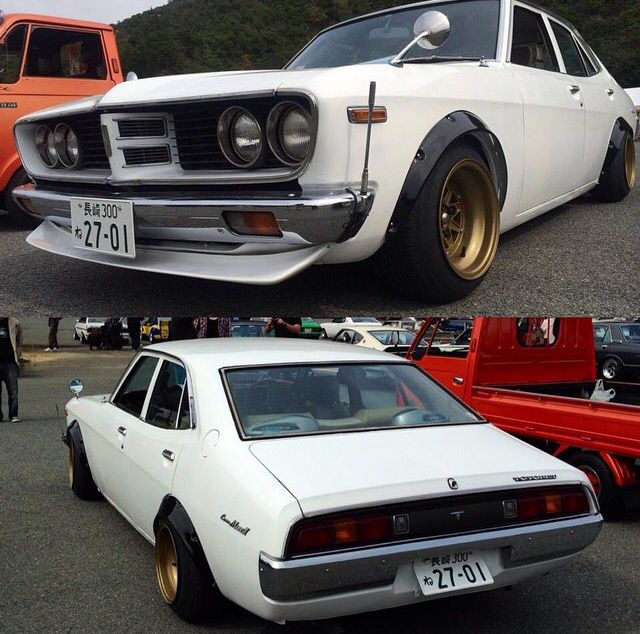
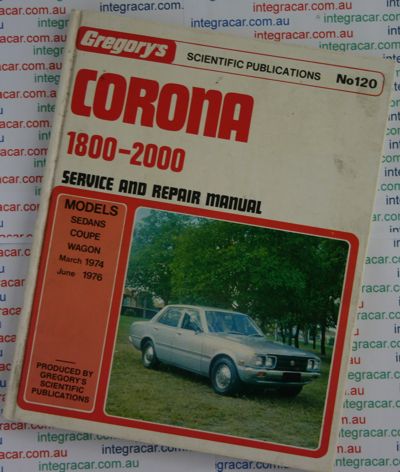
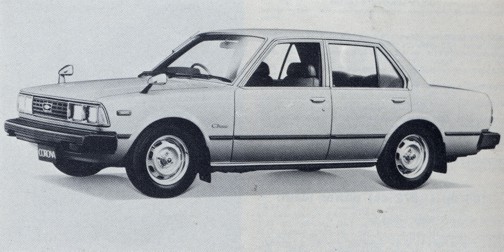

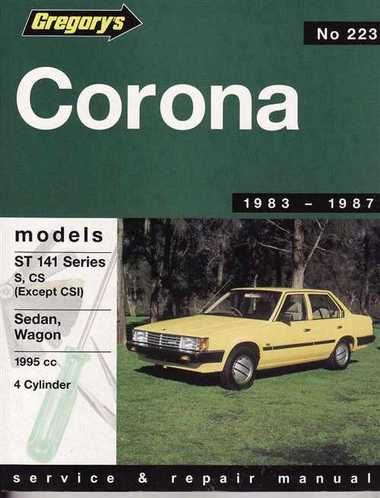
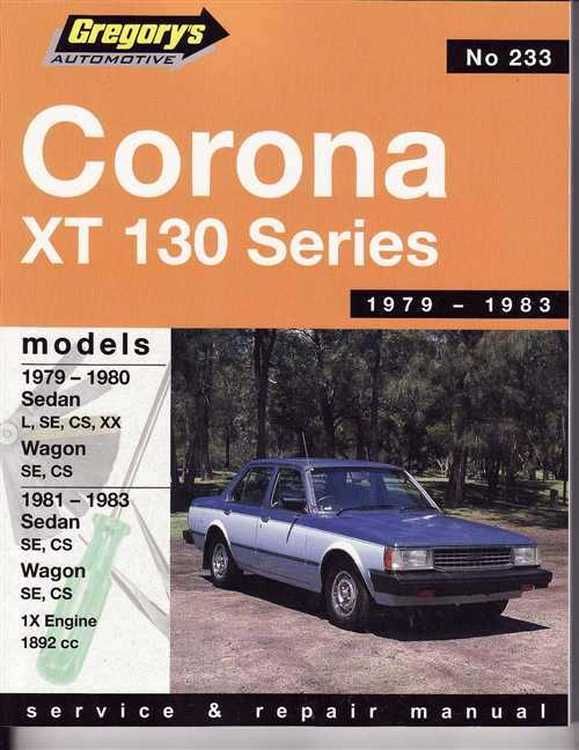
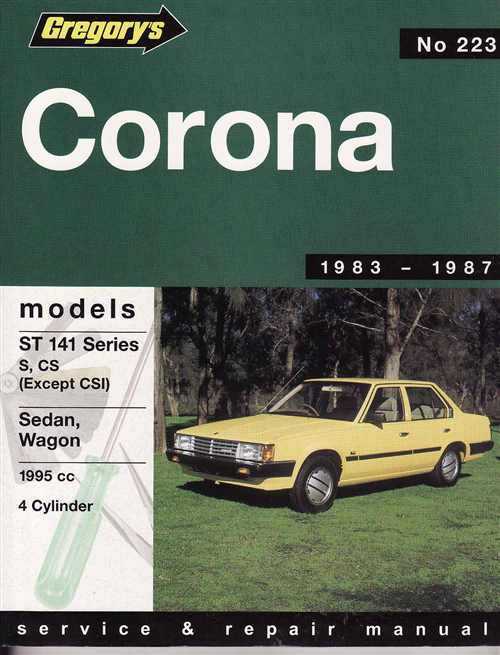 >
>